
- Home
- India
- World
- Premium
- THE FEDERAL SPECIAL
- Analysis
- States
- Perspective
- Videos
- Sports
- Education
- Entertainment
- Elections
- Features
- Health
- Business
- Series
- In memoriam: Sheikh Mujibur Rahman
- Bishnoi's Men
- NEET TANGLE
- Economy Series
- Earth Day
- Kashmir’s Frozen Turbulence
- India@75
- The legend of Ramjanmabhoomi
- Liberalisation@30
- How to tame a dragon
- Celebrating biodiversity
- Farm Matters
- 50 days of solitude
- Bringing Migrants Home
- Budget 2020
- Jharkhand Votes
- The Federal Investigates
- The Federal Impact
- Vanishing Sand
- Gandhi @ 150
- Andhra Today
- Field report
- Operation Gulmarg
- Pandemic @1 Mn in India
- The Federal Year-End
- The Zero Year
- Science
- Brand studio
- Newsletter
- Elections 2024
- Events
Rhythm of Dammam in the ocean of enslavement

Once prevalent in many societies across the world, the trade of slaves has left a scar on the social, cultural, and genetic diversity of human populations. Over the last five centuries, more than ten million slaves were transported from Africa to the New World by western European traders, according to genetic scholars. Even though the ancestry of African slaves captured for the...
Once prevalent in many societies across the world, the trade of slaves has left a scar on the social, cultural, and genetic diversity of human populations. Over the last five centuries, more than ten million slaves were transported from Africa to the New World by western European traders, according to genetic scholars. Even though the ancestry of African slaves captured for the transatlantic slave trade has been extensively studied, much less is known about the populations who were enslaved for the Indi-an Ocean slave trade.
“From the 8th to the 19th centuries, about four million people were captured from the shores of eastern Africa by Arab Muslim and Swahili traders. It has been suggested that slaves transported before the 16th century originated from the Horn of Africa (Afro-Asiatic speakers from present-day Ethiopia), whereas most Africans enslaved from the 18th century onward were Zanj (Bantu speakers of southeastern Africa),” write Romuald Laso-Jadart and Christine Harmant in their study titled “The Genetic Legacy of the Indian Ocean Slave Trade”, published in the National Library of Medicine.
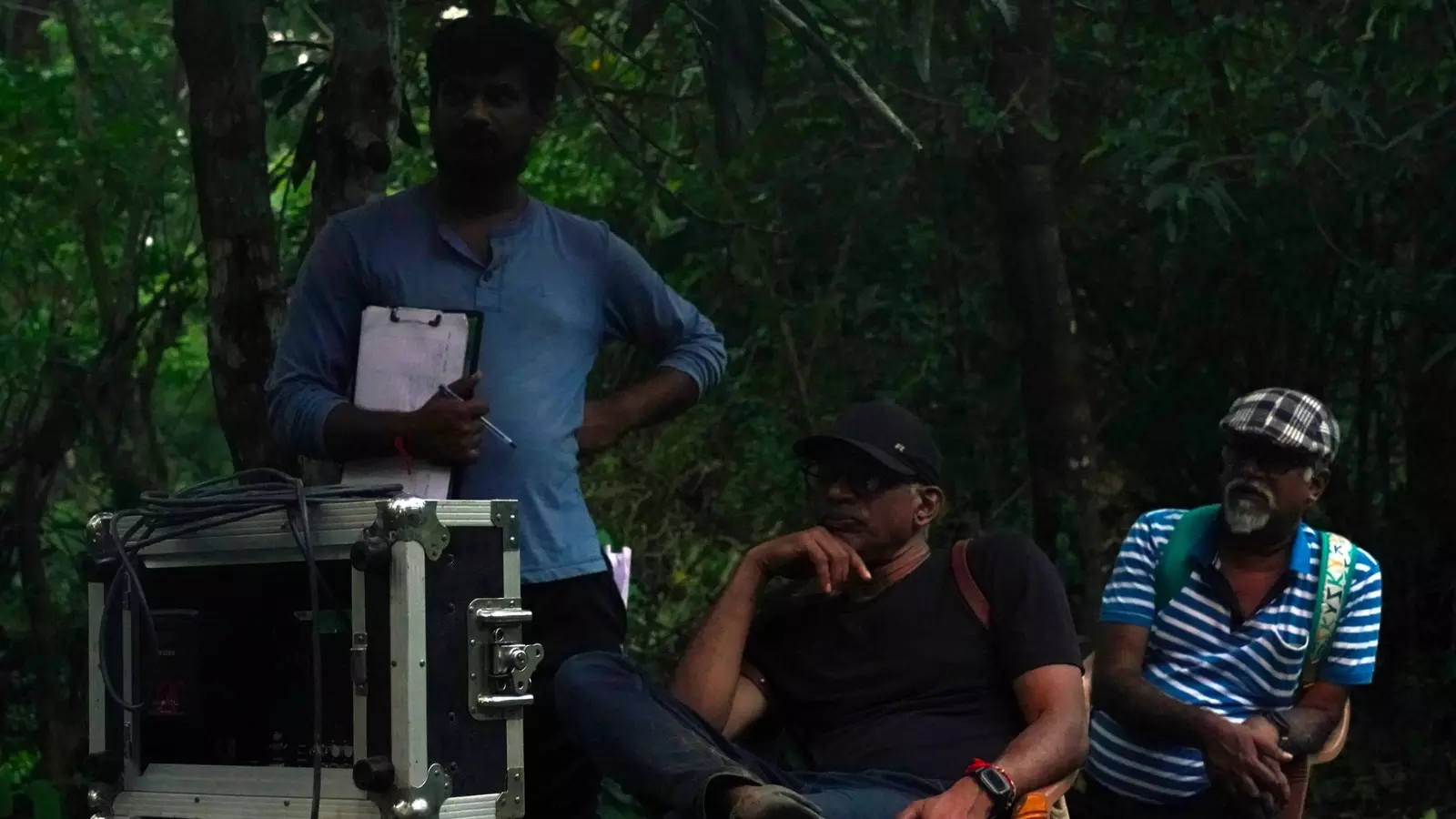
A movie in the making
The Siddi community (aka Sheedi or Habshi) is an ethnic group residing in the north-ern pockets of Karnataka, Gujarat and Telangana. There is a long history of slavery and oppression associated with this community as their ancestral roots can be traced back to the Bantu people of Southeast Africa who were brought to the Indian subcontinent as slaves by Portuguese traders between 1530 and 1740.
Even though the British banned the slave trade in 1835, it continued in the Portu-guese-controlled Goa till 1865. However, following the abolition of slavery, the Siddi people found themselves ensnared in different forms of bondage within the intricate caste system in India. There are Hindus, Christians and Muslims among the community today. Even though they follow different systems of belief, beats of their traditional music called Dammam bring them together. Dammam is played during wed-dings, festivals, birth and death rituals. When they play Dammam, members of the whole community come and dance together for hours. Shot in the Siddi dialect of Konkani and Kannada, Jayan Cherian’s 92-minute-long movie titled “Rhythm of Dammam” is the first production to shed light on the Siddi community of India, a group that remains relatively unknown outside the region.
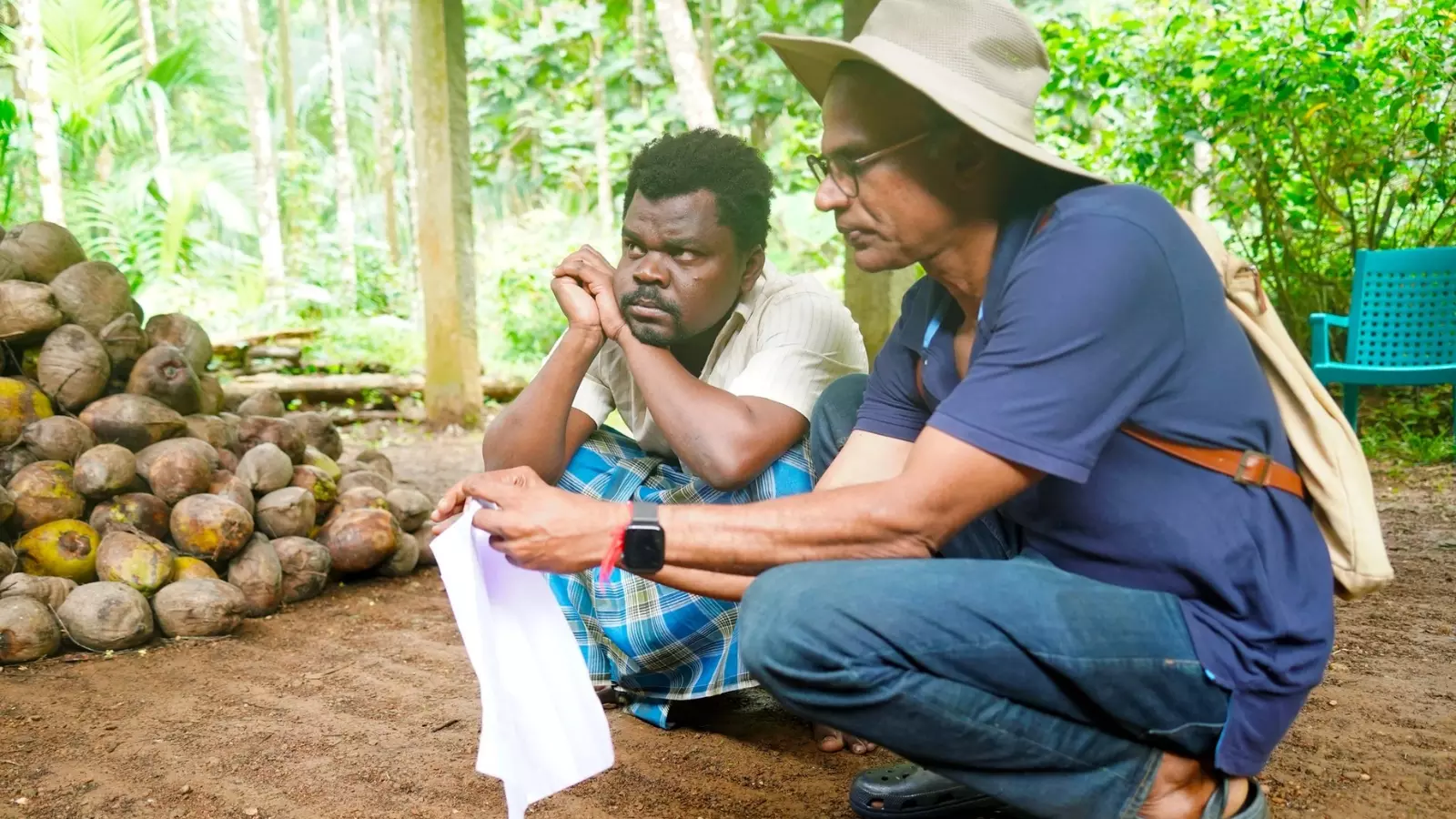
Jayan planning a shot with Prashant Siddi
It took almost eight years for Jayan to make the movie in which most of the actors that he cast were from the Siddi community itself. When Jayan met Chinmaya Siddi, who played the lead role as Jayaram Siddi in the movie, he was barely six years old. Now, he is 14. “My script and research revolve around him. To know more about the Siddi community, I lived in Yellapur, a town in Uttara Kannada district of Karnataka which is known for its Siddi population, for more than five years. It was a great experience,” said Jayan, director of Rhythm of Dammam, while speaking to the audience after the screening of the movie under the competition section at the ongoing International Film Festival of Kerala in Thiruvananthapuram. The movie, said Jayan, is not a message. “It is an anthropological film. I tried to capture the great journey of the Siddi community, an ethnic group tracing their lineage to the Bantu people of Africa. Even though they lost their language and system of belief, they have preserved their cultural identity, holding on to their tribal rituals and the enchanting Dammam music which play a crucial role in the community,” he added.
The story of Rhythm of Dammam, however, stands testimony to Jayan’s claims. Jayaram Siddi, a 12-year-old boy, is possessed by his late grandfather’s spirit. Despite seeking help from local black magicians, his condition remains unchanged. Jayaram escapes into a dream world, using magical instruments from his grandfather to connect with his ancestors. He becomes overwhelmed by the agonizing history of his ancestors' chattel slavery, losing touch with reality. His family turns to tribal rituals and Dammam music to restore his balance. For Chinmaya Siddi (Jayaram Siddi), it was a great opportunity. “I never knew how I would act as I didn't have any previous experience. But it was the story of our community and that made my job easier. I am used to many rituals and customs from my childhood itself. I am happy that I get appreciation from everyone for the role that I did in the movies,” said Chinmaya Siddi.
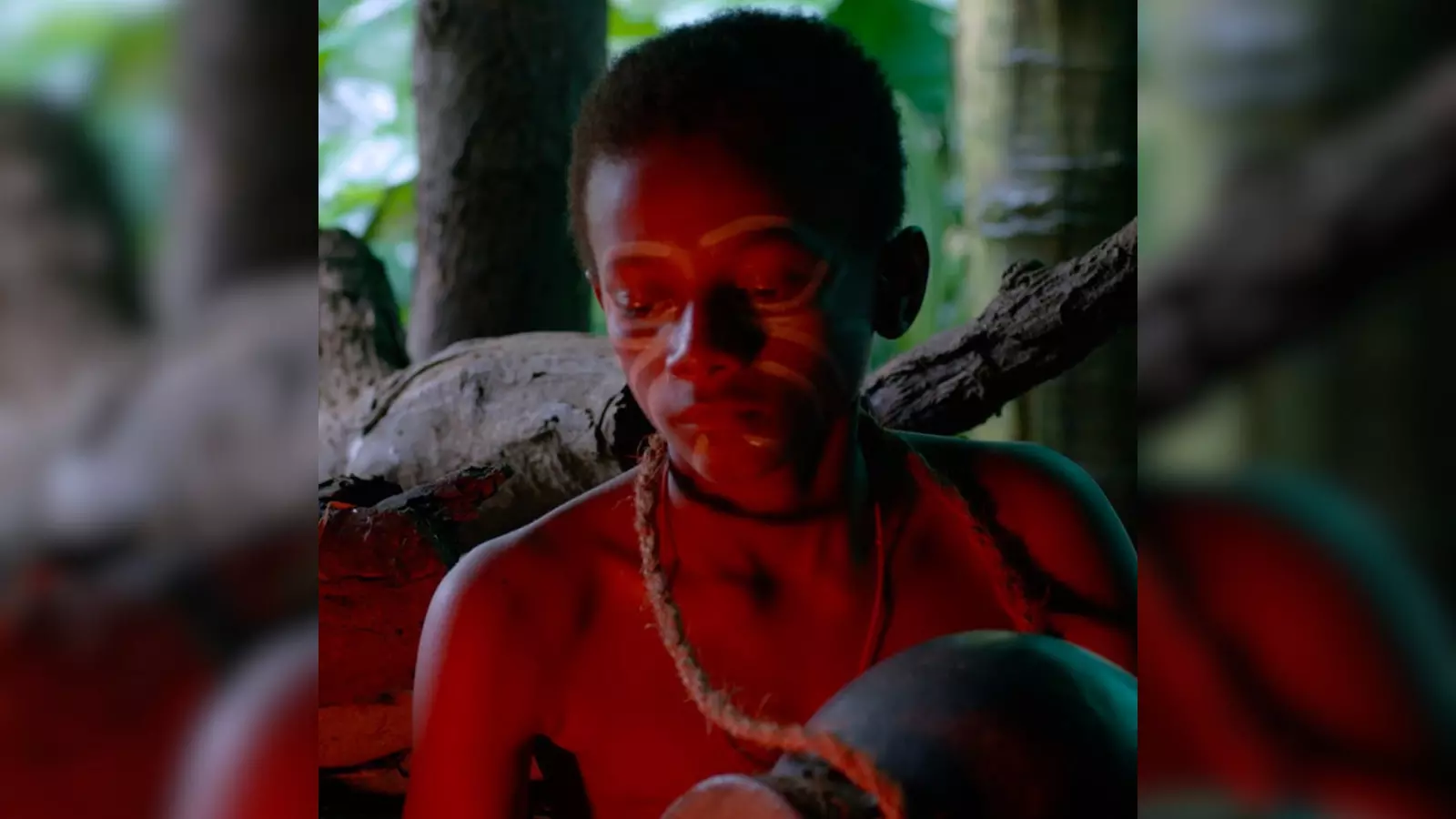
A still from the movie
The movie not only brings out the identity crisis that the members of the Siddi com-munity undergo but it also introduces a group of young and talented artists from the community. Besides Chinmaya Siddi, there are Prashant Sidddi (Bhaskara Siddi), Gi-rija Siddi (Yashodha Siddi), Nagaraj Siddi (Ganapathi Siddi), Mohan Siddi (Francis Siddi) who played significant roles in the movie.
“Prasanth Siddi, a prominent actor in Kannada cinema, and Shantaram Siddi, a member of the Karnataka Legislative Council, two towering cultural figures of the Siddi community, unite in support of Rhythm of Dammam. Prasanth Siddi plays one of the lead roles, while Shantaram Siddi makes a guest appearance as himself in the film,” said Jayan. Barring Prashant Siddi and Girija Siddi, the rest of the actors didn't have any previous experience. “They were natural actors, who were behaving in their habitat. None of the dance scenes were choreographed. We just followed them and captured what they did. The entire thing happened organically,” he added.
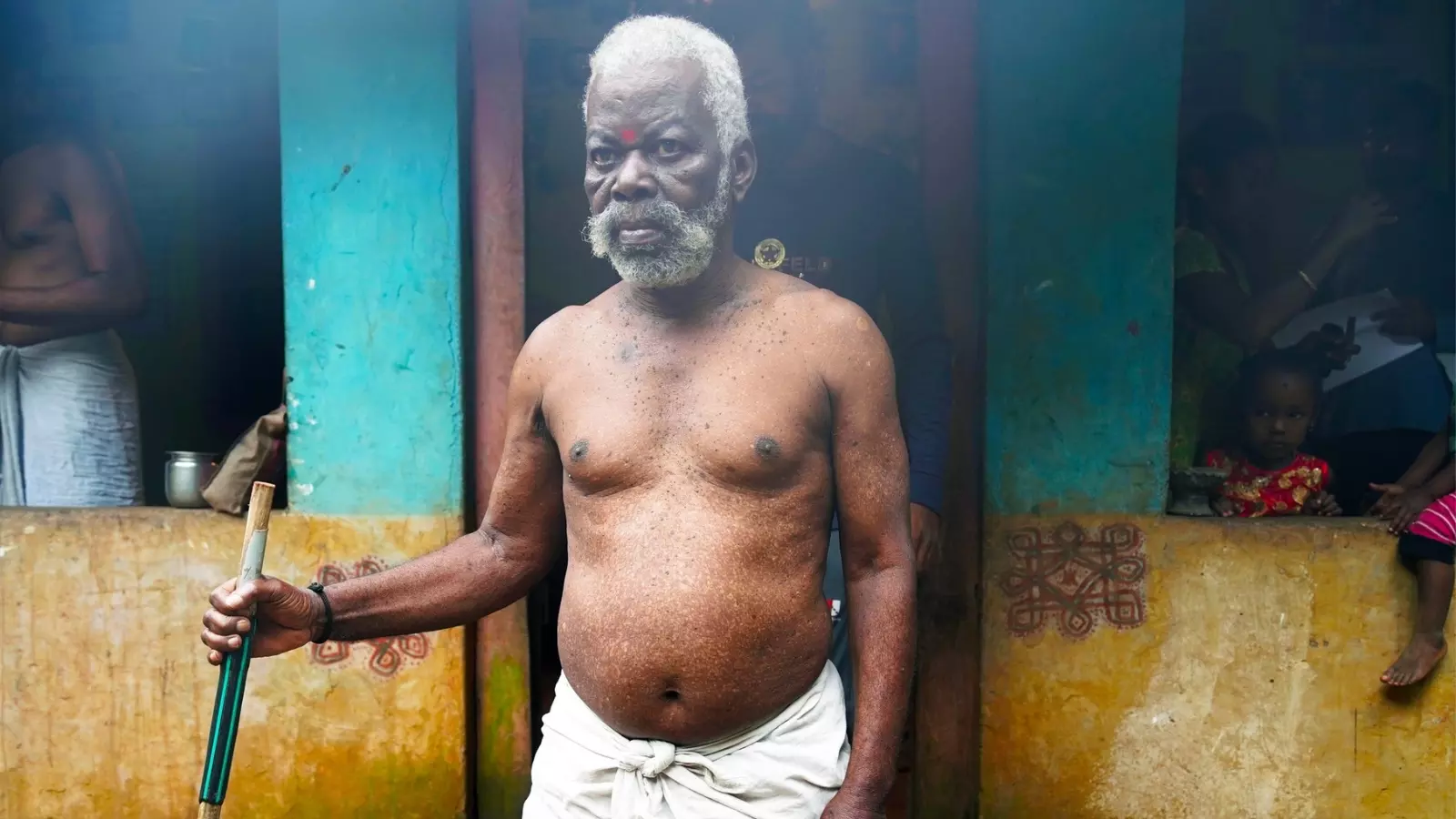
Parasuram Siddi, a pioneering theatre personality and veteran actor from the Siddi community of Uttara Kannada, captured in a shot from the set of Rhythm of Dammam.
For Prashant Siddi, playing the role of Bhaskara Siddi was challenging. He said it was the beats of Dammam music that gave him confidence and strength. “Dammam is our traditional music. It is in our blood, so whenever we hear the beats of it, we get together and dance. When the sound comes the body will move immediately. The music has an unending spirit and it unites us. We dance for the whole night without any rest when the beats of Dammam are on. I am happy that I could do a lead role in the movie which is based on our community,” said Prashant, who is an actor in Sandalwood.
The beats of Dammam are interwoven with the life and existence of the Siddis. “They live in the music. The Siddi African diaspora exists mainly because of this rhythm of music. The Siddis face suppression, human trafficking and degradation. Music is a tool of healing as well as celebration for them,” said Jayan, whose previous films include Ka Bodyscapes (2016), Papilio Buddha (2013) and The Shape of the Shapeless (2010). “I am a collective story teller. We don’t often talk about this chapter of history. The Indian Ocean slave trade was a brutal episode in the history of human beings. Even though the British banned the slave trade in 1835, it didn’t end there. After colonial slavery, a new slavery emerged in India. The Indian landlords re-enslaved many. Today’s Siddi community is the victim of that enslavement. But they are still in search of their identity. I am a collective story teller here, it was these people who made this movie,” said Jayan.
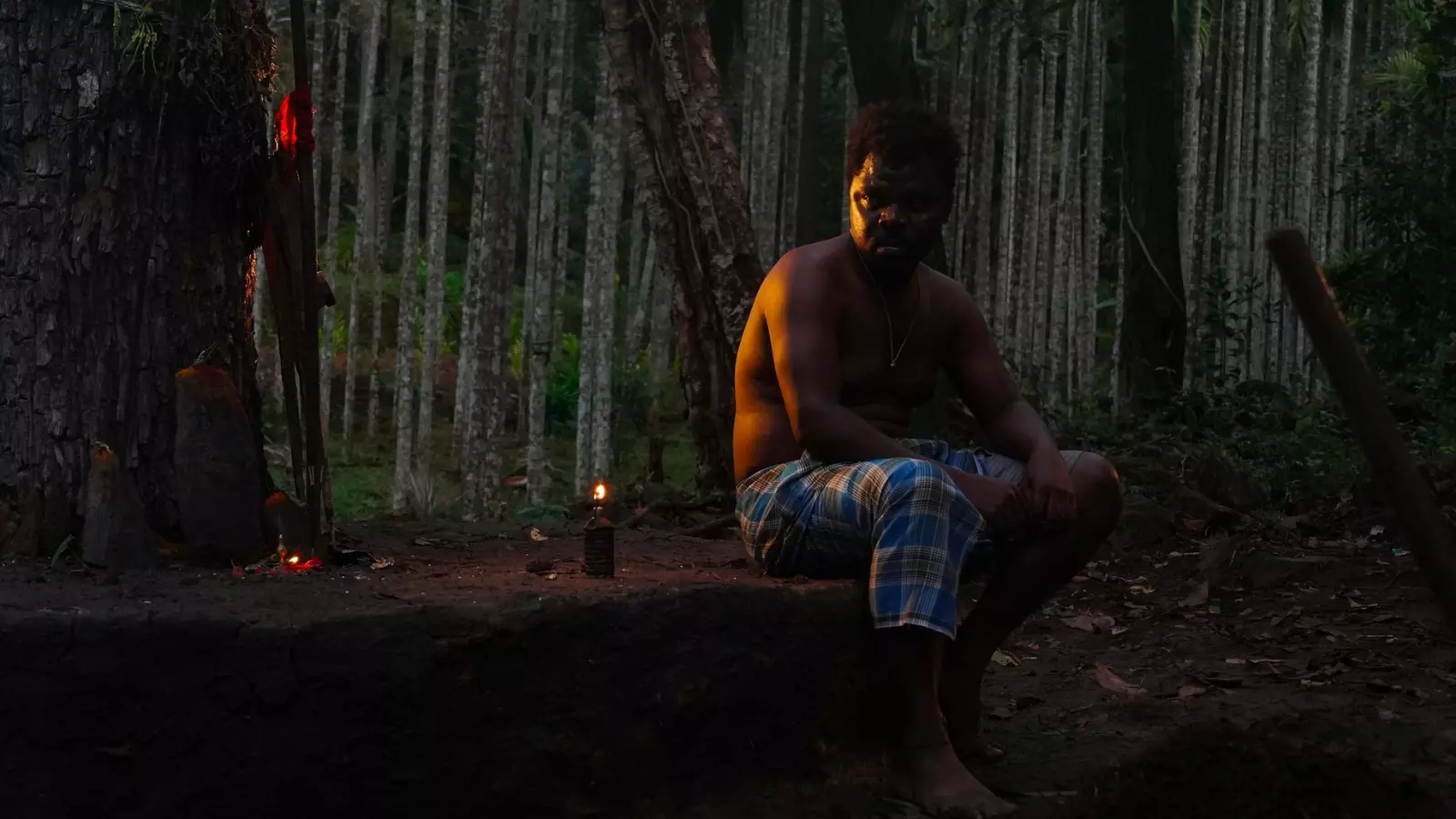
Prashant Siddi
If you look at the history of the Siddi community, you will know how the Indian caste system was imposed on them layer by layer through rituals and other religious practices. Mohan Siddi, who contributed immensely to the project, said it is a kind of cultural genocide, from generation to generation. “We are living with other religious people such as Hindus, Muslims and Christians. Religion is like a flavour on a cake for us. But when Dammam comes, everyone will gather irrespective of their belief. At the same time, we practice our own ancestral customs in which we worship our elders and ancestors. They are gods for us,” he said.
However, one can see the influence of other religions in the social and cultural fabric of the Siddis. “If a child is born in the community, he or she will be taken to the near-by Brahmin priest for naming. It happens not only among the Hindu Siddis, but also among the Christian and Muslim Siddis,” he said. The beat of Dammam is the constitution for the Siddis. But you can see the ‘influence’ of other religions in it. “It has been exploited. In our wedding, we have to invite Brahmins to cook. If Brahmins cook, everyone will eat. Here what our community people are doing is we are paying our own money and getting exploited,” said Mohan.
Jayan, who wrote the story and script for the movie, said he travelled across many villages in Karnataka where the Siddis live. He found the collective memory of the community was erased and the language forgotten. What is left is a sense of vacuum and it leads to cultural genocide. However, the resilience shown by the Siddi community when it comes to preserving its unique cultural identity is significant. “The journey of Siddi people, from their enslavement to their current status within the Indian caste system, is a multifaceted and poignant tale of perseverance, survival and the indomitable human spirit. I am happy that the film evoked great response among the viewers at the IFFK,” he said. Jayan’s films have screened at major international festivals, including the Berlin International Film Festival, Durban International Film Festival, and Rio de Janeiro International Film Festival.
